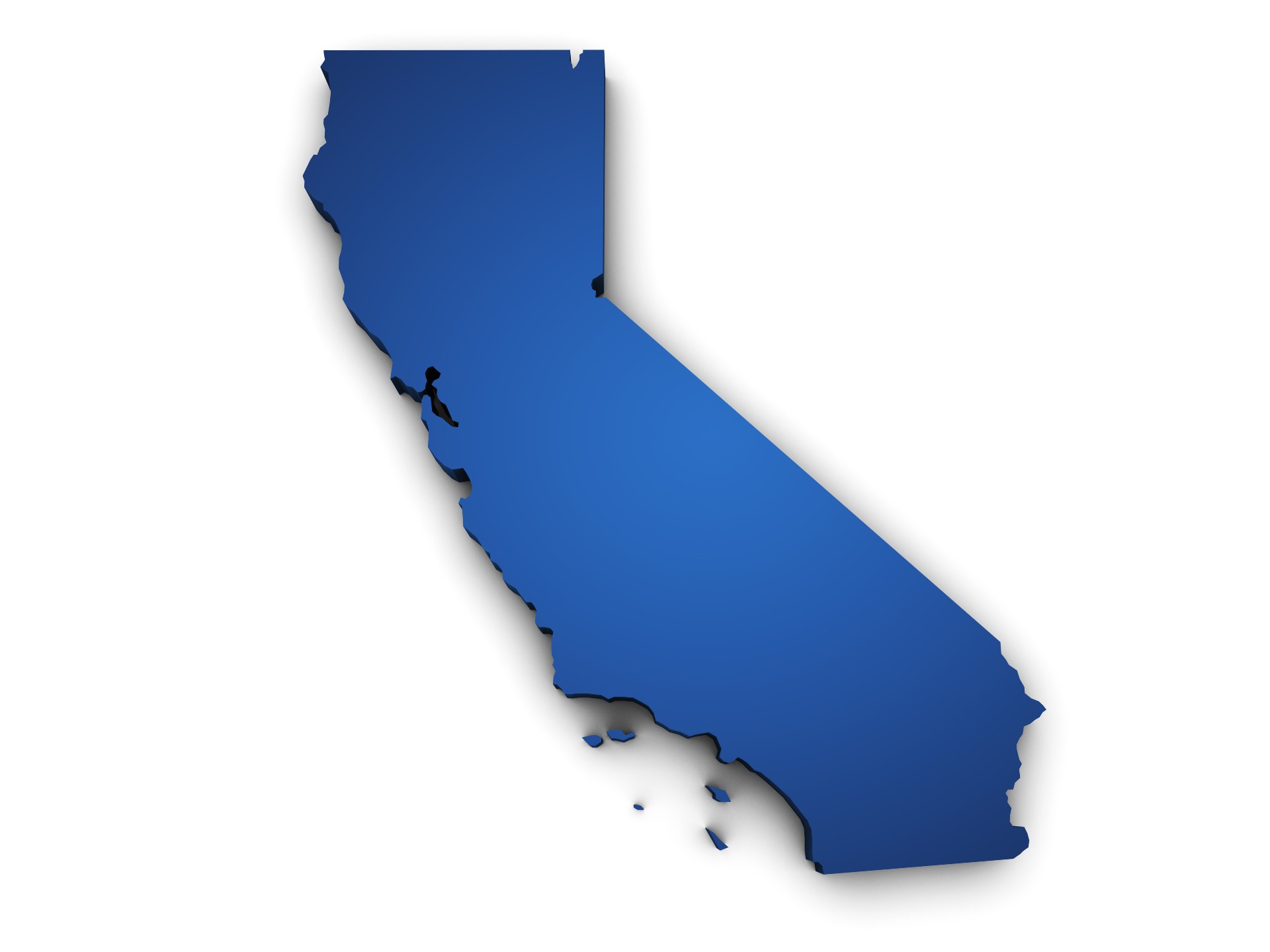General Stanley McChrystal famously said, “Knowledge is not power. Sharing knowledge is power.”
He’s right. And when it comes to businesses, sharing knowledge must be done on purpose. There have to be systems in place, implemented by leaders who encourage transparent and open knowledge sharing.
But most of the time, knowledge is not shared. It remains inside the head of the owner, who is the sole source of information for the team members. This can be devastating in so many different ways. What happens if the founder dies suddenly? All of that intelligence goes with him or her. Or, perhaps someone wants to buy the company. If there’s no single, accessible repository of company intelligence, then the founder won’t be able to walk away when the sale is completed. He or she will need to stick around until their expertise has been passed on to the new owners.
That could turn into years.
Here’s the good news: This is completely fixable. It will take time and effort, but it’s worth it. So how do you do it?
On the same page
The key for transferring institutional knowledge begins with a solid business practice that serves any operation: Setting up the company to speak with one voice.
Have you seen the way kids usually know which parent to approach to get the answer they want? Well, if your team doesn’t speak with a common voice — drawing on the same information, objectives, processes and procedures — your customers also know they could get a different answer from each staffer. That’s not necessarily in the best interest of your company.
We used to experience that issue at my previous aquatics firm, Counsilman-Hunsaker. It was as if we had three companies in one: Each team did things its own way. Contractors could literally look at documents and determine who created them.
We designed a system that allowed us to speak as one voice. We called our solution The Master Specification Challenge. We got together, discussed best practices, and determined the single best way to create deliverables. We put a financial bounty on each project. When it was completed, the team determined who had the most influence in managing change. Then we paid that individual and the team accordingly.
Here was the outcome: We went from five days to one day to complete a project. In the short term, we made a significant investment of time and money, but in the long term we were able to do more with less. We became more efficient, delivered higher quality, and became outcome-driven.
Any company can do this. The concept is to create a common vocabulary, or master tool box, that helps every individual work from the same starting point. What tools do you use in your business, and what do your people need to agree on and work together on to speak with one voice? On the maintenance side, it might be chemical usage or process for servicing a pool. No matter who shows up, the same outcome or experience should be delivered.
If you speak with one voice, your company will have greater value and be more sellable to a third party, because they would be buying a company, not a group of people all doing their own thing. And I would submit that employees would be more comfortable investing their time and money to carry on your legacy, whether by purchasing the company or continuing to work for new owners.
With this common voice, we all have access to the same pool of information.
Sharing knowledge
Founding owners have a great deal of experience that would be valuable for the next generation of leaders and owners. How do you transfer that?
Of course, oftentimes this is done verbally. That’s how I learned about what happens when a swimming pool floats out of the ground. My father and founder of my aquatics firm, Joe Hunsaker, explained to me the physics behind this phenomenon, but he didn’t stop there. He also talked to me about the art of handling these situations — how you work with the owner, deal with insurance companies, and select from the remediation options.
In doing this, he also helped me learn how you work through and solve problems. And he assured me we would survive these instances. This was probably his biggest gift for a new manager and owner: When new company owners experience a major problem, they may become so overwhelmed by the challenge that they lose their ability to think clearly. Hearing that steadying voice helps immensely in those situations.
My dad also kept what he called “Joe’s Book,” a journal of sorts that served as a repository of knowledge that he gleaned over his many years. He wrote about a lot of things: what kept him up at night and sayings that boiled down how we did business into a sentence or two. Sometimes, it was just a phrase, but it meant something and there was helpful wisdom in it.
For example, he would say, “Don’t trade one problem for another.” You know exactly what he’s talking about right? We’ve all done it.
His sayings weren’t all inspirational. He encapsulated our entire accounts receivable protocol into one sentence: “When the client doesn’t pay, wait for a choke point … then choke.”
Those lucky enough to work with Joe learned a great deal from him. And there were other “Joes” on my team. Sharing their information allowed the next generation of leaders to rise and be seen.
Documenting for the next hire
But the idea of documenting knowledge extends past the company founders and owners.
We also have plenty of third-party participants who teach us. For example, you might go to trade shows, attend talks, or invite suppliers to instruct your staff. But how many times do we see employees participate in these opportunities, only to see that knowledge dissipate within a year?
Look at ways to capture the information for the future. When a new employee starts, how can they access that knowledge? You could have the instructor or presenter write down a summary of learning outcomes. You also could capture all their handouts and power point slides, and even record the presentation (with their permission, of course).
Then put that information where everyone can access it. Now you’re not only relying on tribal knowledge that is shared verbally.



